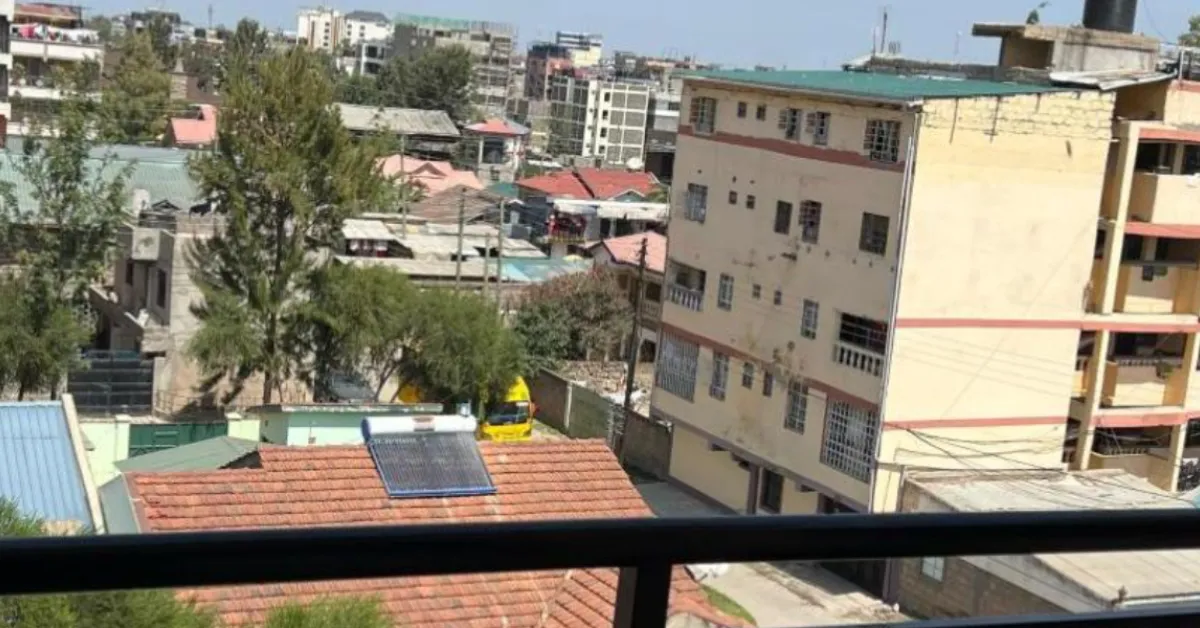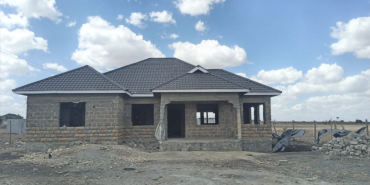Rolls Out eRITS to Expand Landlord Tax Compliance

The Kenyan government's pursuit of an ambitious Sh86 billion increase in rental income tax revenue is facing significant headwinds, primarily stemming from a lack of comprehensive data on landlords and rental properties nationwide.
While the recently launched Electronic Rental Income Tax System (eRITS) aims to modernise tax collection, its effectiveness remains uncertain amid calls for more robust data-gathering strategies. The Kenya Revenue Authority (KRA) collected Sh14.4 billion in rental income tax in the 2023-2024 fiscal year, marking a 5.2 percent increase from the previous year's Sh13.6 billion. Collections in 2021-2022 amounted to Sh12.3 billion. Despite this upward trend, the figures fall significantly short of the estimated Sh100 billion annual revenue potential, a discrepancy highlighted by National Treasury and Economic Planning Cabinet Secretary John Mbadi at the 2024 KRA Tax Summit.
Mbadi pointed to widespread non-compliance among property owners, despite the Kenya Kwanza administration's reduction of the rental income tax rate to 7.5 percent as an incentive. He noted the absence of reliable data on landlords and disclosed that their income continues to be the biggest hurdle in expanding the tax base. A primary obstacle to improved rental income tax collection is the lack of precise data on the number of landlords and rental properties across the country. Joachim Ombui, chairperson of the Landlords and Tenants Association of Kenya (LATAK), emphasises this critical gap.
“The government cannot definitively state how many landlords exist in the country or how much rental income tax should be collected. That is a failure on its part,” Ombui said.
He advocates for a collaborative approach, urging KRA to work with industry stakeholders to systematically map out rental properties and conduct surveys to establish a reliable data collection methodology. This, he argues, would provide greater clarity on the actual scope of the rental property sector. The data deficit has also fueled resistance to tax increases, particularly in Nairobi City County, where landlords have pushed back against proposed levy hikes.
Without a transparent methodology for calculating rental values, landlords argue that such measures are arbitrary and unfair. The informal housing sector, comprising informal settlements and areas with non-durable or semi-permanent housing, represents a significant challenge for KRA's efforts to expand the tax net. According to the Centre for Affordable Housing Finance (CAHF), this sector accounts for 56 percent of the rental market, with properties often owned by private individuals who evade detection.
CAHF's 2023 Housing Data Landscape in Kenya report underscores the unreliability of existing survey data on landlords, calling for improved methodologies. The report identifies 174,700 landlords nationally, but questions the accuracy of this figure. It also highlights the underlying incentives that encourage landlords to remain untracked, suggesting that addressing these factors is essential for enhancing tax compliance.
In response to these challenges, KRA has undertaken initiatives to gather data on rental properties. In 2022, the authority conducted a mapping exercise in Nairobi City County, targeting areas such as Kilimani, Kileleshwa, Upper Savannah, Kasarani, Eastleigh, Ngara, and Pangani. This exercise, conducted under the Finance Act 2022, empowered KRA to seize the property of non-compliant taxpayers. Tenants were urged to cooperate with KRA agents, with warnings of fines up to Sh1 million or prison terms of up to three years for providing false information.
However, the exercise also raised concerns about data protection, with law firm Cliffe Dekker Hofmeyr highlighting the sensitive nature of landlord information collected, including names, locations, and property details.
Prior to this effort, KRA relied on indirect methods such as monitoring electricity meter purchases, which often indicated the construction of rental units.
A January 2025 report by the Kenya National Bureau of Statistics (KNBS) highlights the tenuous relationship between landlords and tenants, further complicating tax assessment efforts. The Kenya Housing Survey Basic Report 2023-2024 reveals that 71.8 percent of tenants lack formal agreements with their landlords. This absence of documentation makes it difficult to accurately assess rental incomes. The report emphasises the importance of tenancy agreements in fostering transparent and legally protected relationships, outlining the basic functions of these agreements, including specifying monthly rent, maintenance responsibilities, and deposit terms.
Counties such as Mandera, Murang’a, Samburu, and Narok exhibit particularly low rates of tenancy agreements, with less than 10 percent of tenants having formal contracts. In contrast, Nairobi City County report a higher proportion of documented agreements at 40.5 percent. Industry experts suggest that financial institutions could play a role in addressing data gaps. The KNBS report highlights the significant involvement of microfinance banks in supporting rental property construction. In 2023, loans for the acquisition, purchase, and construction of rental properties accounted for a substantial portion of financing in this sector.
These institutions could provide valuable insights into the scope of the rental market. The government's introduction of eRITS represents a step toward modernising the tax collection system. National Treasury Principal Secretary Chris Kiptoo has expressed optimism about the platform's potential to create a more predictable tax environment while improving revenue collection. However, its success hinges on addressing systemic issues, including data reliability and the informal housing sector's evasiveness.














Add new comment